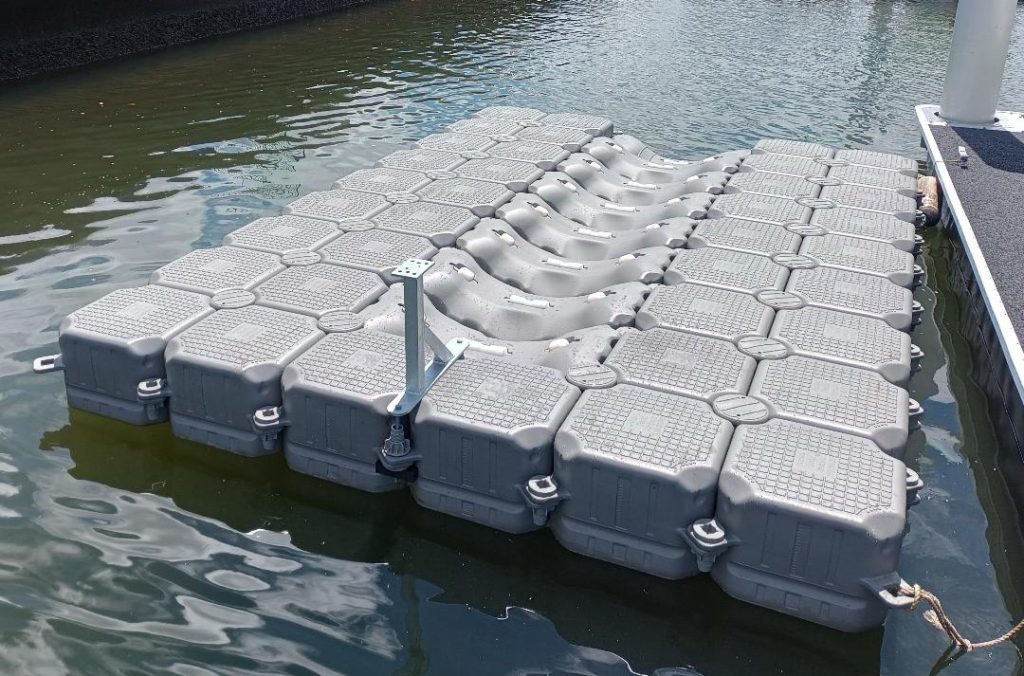Easy-to-assemble plastic floating dock systems are transforming waterfront construction, offering a cost-effective, efficient, and environmentally friendly alternative to traditional materials. These systems have rapidly gained popularity due to their innovative design, ease of installation, and long-lasting durability. With the growing demand for versatile, sustainable, and low-maintenance waterfront solutions, plastic floating docks are quickly becoming the go-to choose for marinas, boat ramps, and residential or commercial waterfront projects. Unlike traditional wooden or concrete docks, which require extensive labor, time, and complex engineering to install, plastic floating docks can be assembled with minimal effort and expertise. The components are lightweight, often modular, and are designed to interlock securely without the need for specialized tools or skills. This ease of assembly makes them highly appealing for both professional contractors and DIY enthusiasts, allowing for quicker project completion and reduced labor costs.

These systems are adaptable to a wide range of water levels and conditions, and their modular nature means they can be customized to fit any specific needs or requirements, whether it is a private dock or a large commercial marina. Another key advantage of plastic floating dock system Hiseadock is their durability. Made from high-density polyethylene HDPE or similar materials, these docks are resistant to corrosion, UV degradation, and harsh environmental conditions. Unlike wood, which can rot or attract pests, or concrete, which can crack and erode over time, plastic floating docks maintain their structural integrity for years with minimal maintenance. This longevity is especially important in environments with fluctuating water levels, tides, or harsh weather, where traditional docks may need frequent repairs or replacements. In addition to their resilience, plastic floating dock systems are environmentally friendly. The materials used in their construction are often recyclable and manufactured with sustainability in mind. Plastic docks are also less prone to leaching harmful chemicals into the water, making them a safer option for aquatic ecosystems. Their buoyant design allows them to adapt to changing water levels, reducing the risk of environmental damage caused by shifting structures or debris.
This eco-conscious approach to dock design is increasingly appealing to consumers and municipalities aiming to balance development with environmental preservation. The versatility of plastic floating docks extends beyond just residential or commercial use. They are also finding applications in public spaces, recreational areas, and even temporary event platforms. Whether for recreational boating, water sports, or providing access for environmental monitoring, these docks provide stable, safe, and efficient solutions that can be easily moved or reconfigured as needed. Their modular construction means they can be expanded or reconfigured as needs evolve, making them a flexible and future-proof solution for waterfront projects. In conclusion, easy-to-assemble plastic floating dock systems are revolutionizing waterfront construction by providing an efficient, durable, and environmentally responsible alternative to traditional methods. Their combination of cost-effectiveness, adaptability, and minimal maintenance requirements makes them an ideal choice for a wide range of waterfront applications, paving the way for the future of marine infrastructure.
